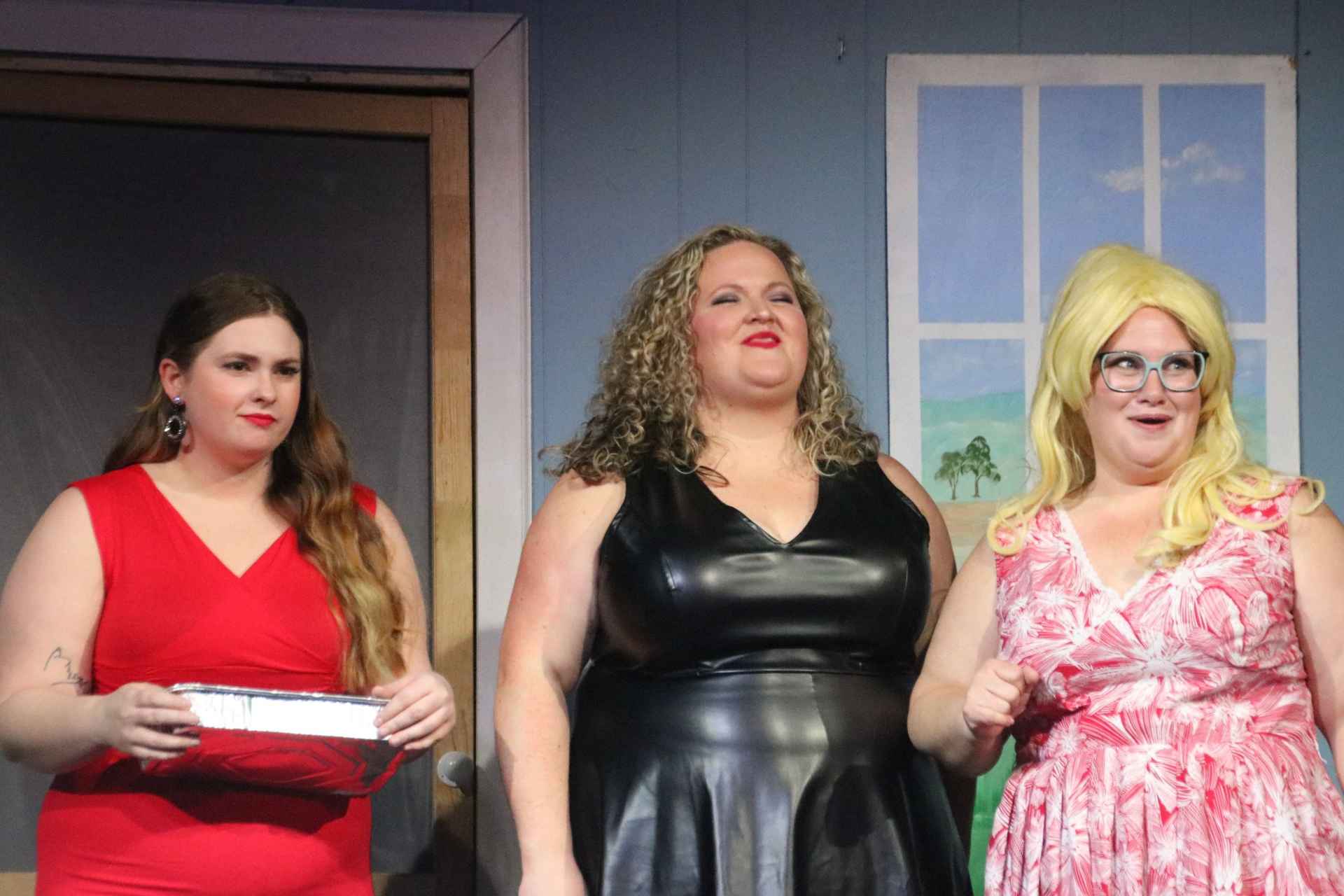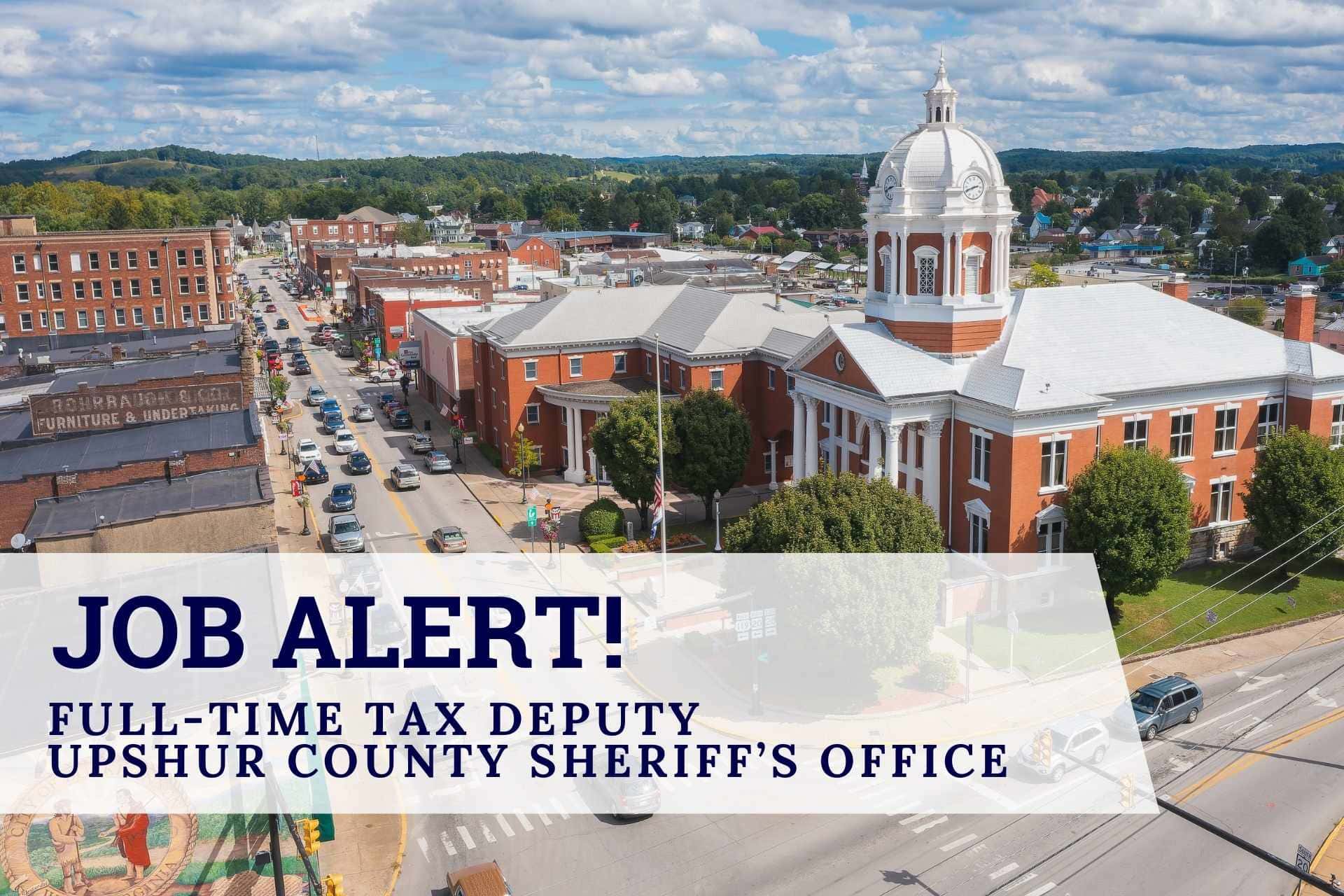BUCKHANNON – The Buckhannon Historic Landmarks Commission learned about various tax credit programs available to those renovating historic buildings.
Meredith Dreistadt from the West Virginia State Historic Preservation Office attended the Buckhannon Historic Landmarks Commission meeting on April 5 to discuss ways people can receive assistance in upkeeping historical structures.
“I know you all have a very rich set of historic buildings, so it would be great to address tax credits and how you can use those to benefit rehabilitating buildings — anything from your own personal house to a commercial property,” Dreistadt said. “We’ll also talk a little bit about some of the other funding opportunities that our office offers.”
The historic tax credit program helps people who own property that is listed in the National Register of Historic Districts earn tax credits for any rehabilitation work they perform on the property.
“This program is administered by the Park Service, by us at the SHPO, and then by the IRS and the state tax department as well,” Dreistadt said. “In the last year, we leveraged over $40 million in private investment into historic buildings in West Virginia, so these building owners got over $8 million in state tax credits back, not even counting federal tax credits.”
There are two different kinds of historic tax credits.
“The first is residential — that can be for any house that you as the owner live in,” Dreistadt said. “That’s a 20 percent credit, and that credit is transferable, so if you don’t have enough other taxes on your income taxes, you can transfer or sell that credit. Then we have the commercial historic tax credit, which is our flagship tax credit, where you can earn 45 percent back on any rehabilitation expenses for a building.”
She recommended speaking to an accountant or tax advisor as a first step in the process.
“It’s good to get SHPO in on the ground floor; architects and contractors are good; and, if you wish, a preservation consultant can be helpful as well,” Dreistadt said. “Those are folks who might help you with tax credits.”
Determining if a property is eligible can be as easy as checking the National Register of Historic Places.
“Listed structures that can qualify for tax credits and grants from our office are those that are either individually listed within a National Registered District or are listed as contributing,” Dreistadt said. “If your house is within a historic district, you can also earn these credits. If your house is not yet listed in the National Register, but you think it is of historic value, you can get a preliminary determination of eligibility and see if you can get your tax credits that way.”
These programs can help residents replace a roof, install new windows or complete other repair projects.
“You need to meet a 20 percent adjusted basis — for residential projects, it’s a little lower than commercial projects,” Dreistadt said. “What the basis means is that you are spending 20 percent of the value of just the building itself — so not the land, just the building — and the county assessor’s office can help you determine what that value is.”
She said a commercial building is a little more complicated.
“This is only for income-producing buildings, which can mean anything from renting this house to somebody, so it’s income producing in that way, or a large hotel or anything of that nature,” Dreistadt said. “It’s a 25 percent income tax credit from the state, which again, is transferable. The federal income tax credit, which is 20 percent, works a little differently. You take it at 4 percent over five years, so it’s kind of a little funkier. You can’t transfer that credit, but it is still 20 percent.”
The most important part of these projects is to repair, not replace.
“It really comes down to retaining features that are already present,” Dreistadt said. “Qualified expenditures are the things like a roof, any wall material, if you’re doing plaster repair, plumbing, chimneys, any kind of interior decoration that was there historically — that’s all covered under the costs. Also, soft costs like architecture and engineering fees would be covered, and really any other fee that you would charge to a capital account if this was strictly a commercial property.
“We do not cover the cost of purchasing the building or any additions, so anything like that, which is not preserving the building, but enhancing in some way, we do not cover.”




















